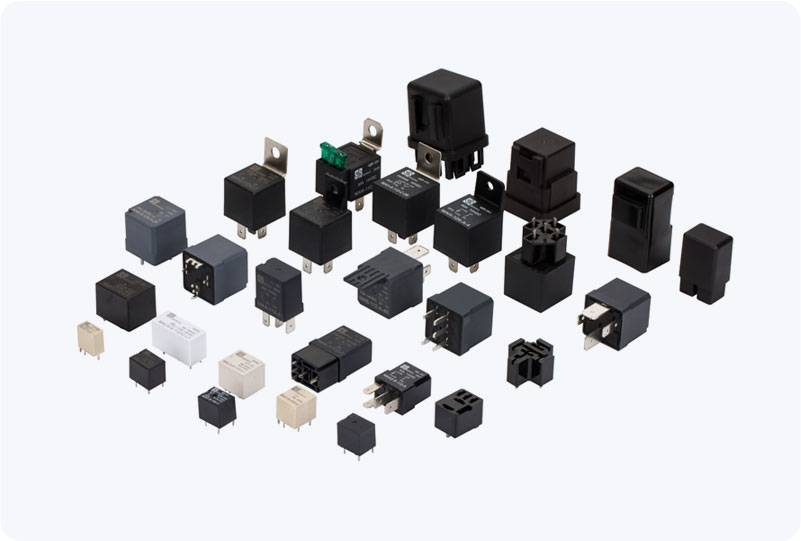the vacuum arc extinguishing relay: a key technology for high-voltage circuit protection
Release time:2025-08-09 11:04:13
The Vacuum Arc Extinguishing Relay (VAER) is an essential component in modern electrical systems, designed to provide efficient and reliable protection for high-voltage circuits. This relay is a part of the broader family of vacuum circuit breakers, which utilize a vacuum environment to extinguish electrical arcs formed when high-voltage circuits are interrupted. In this article, we will explore the key features, advantages, and applications of the Vacuum Arc Extinguishing Relay, and how it contributes to the safety and longevity of electrical equipment.

What is a Vacuum Arc Extinguishing Relay?
At its core, the Vacuum Arc Extinguishing Relay is a protective device used in high-voltage electrical systems. It is designed to interrupt the current flow in the event of a fault, preventing damage to the system. The relay works by detecting fault conditions such as overcurrent or short circuits and activates the circuit breaker to disconnect the faulty circuit. What sets this relay apart from traditional arc extinguishing methods is its use of a vacuum as the arc-quenching medium.
How Does the Vacuum Arc Extinguishing Relay Work?
The operation of the Vacuum Arc Extinguishing Relay is based on the principle of vacuum arc extinguishing. When a high-voltage circuit is interrupted, an electric arc is formed between the contacts of the breaker. In conventional systems, the arc is quenched by air or oil, but in a vacuum circuit breaker, the arc is extinguished in the vacuum chamber.

